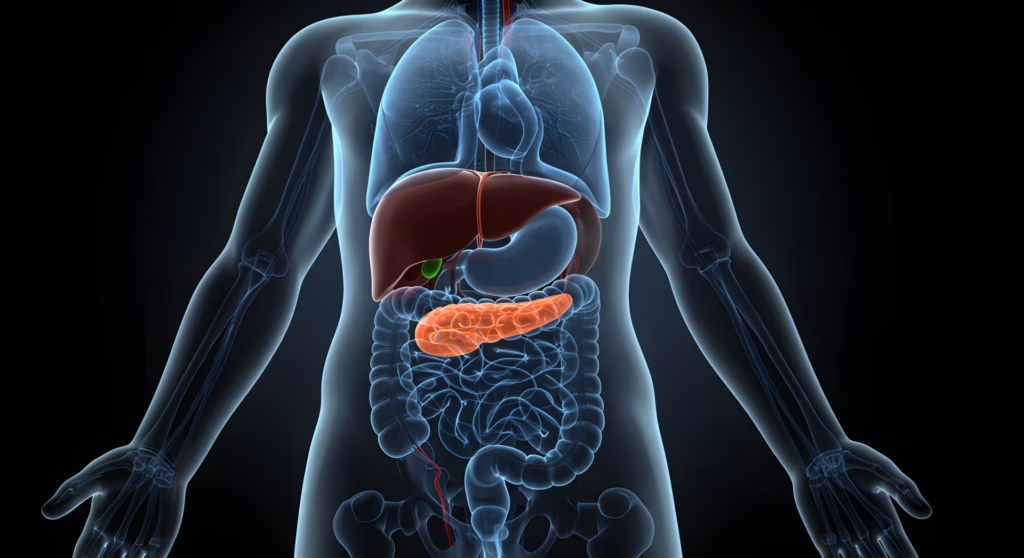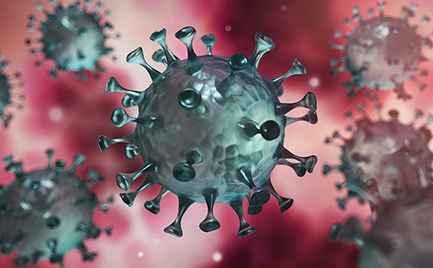Search Results
Showing Results for titration

Coronavirus disease 2019 (COVID-19) is a life-threatening infection caused by severe acute respiratory syndrome coronavirus 2 (SARS-CoV-2).1 Diabetes mellitus is one of the most frequent comorbidities, related to hospitalization due to SARS-CoV-2 infection, as well as a risk factor for disease severity, ...

Dr Linda Siminerio, a leading expert in diabetes education and healthcare delivery, shares insights from her distinguished career. Inspired by her father’s type 1 diabetes diagnosis, she has dedicated her work to improving patient education and care models. She emphasizes the importance of a team-based approach and staying ahead of technological advancements. With AI and machine learning already influencing diabetes management, she urges healthcare providers to adapt and engage with these innovations. Through her contributions, Dr Siminerio continues to shape the future of diabetes care, ensuring that patients receive the education and support they need.

Welcome to the latest edition of touchREVIEWS in Endocrinology, which features a range of review, case report and original research articles that highlight some key developments in our understanding and management of endocrinological disease. We begin with a commentary from ...

Cushing’s disease (CD) is caused by an adrenocorticotropic hormone (ACTH)-secreting pituitary adenoma, or rarely carcinoma, and is considered a highly morbid endocrine disorder with few medical options.1,2 Although transsphenoidal pituitary surgery (TSS) is the mainstay of treatment for ...

Watch expert endocrinologists discuss the role of basal insulin therapy in type 2 diabetes management.







Despite the increasing body of knowledge of treatment strategies for diabetes, many patients with type 2 diabetes mellitus (T2DM) are still in a persistent state of poor glycaemia.1,2 In clinical practice, achieving optimal glycaemic targets is challenging; the reasons are ...

Acromegaly is a chronic disease caused by an excess of growth hormone (GH) and insulin-like growth factor 1 (IGF-1).1,2 Besides facial and acral changes, systemic complications lead to decreased quality of life and survival rates.3 The primary goal of acromegaly treatment ...

Osilodrostat, a novel potent oral steroidogenesis inhibitor, has recently been approved for the treatment of adult patients with endogenous Cushing’s syndrome (CS), and Cushing’s disease (CD) not cured by pituitary surgery or in whom pituitary surgery is not ...

The incidence of youth-onset type 2 diabetes (T2D) is increasing.1,2 Growing evidence has demonstrated that youth-onset T2D is rapidly progressive, with earlier onset of life-limiting complications compared with adult-onset T2D.3,4 Initiation of effective treatment that can restore beta ...

Insulin remains an important diabetes treatment, with 150–200 million people worldwide requiring insulin therapy.1 While insulin is vital for managing type 1 diabetes, basal insulin is typically recommended for type 2 diabetes when non-insulin therapies are not enough to achieve glycaemic targets.2 Several ...

Chylomicronaemia refers to the pathological presence of large, circulating, intestinally derived chylomicrons.1 Clinical features of chylomicronaemia syndrome include lipaemic plasma, lipaemia retinalis, eruptive xanthomas, hepatosplenomegaly, neurological symptoms such as mental fog and mood changes and, most importantly, increased risk of ...

Depending on how it is defined, male hypogonadism affects between 10% and 30% of the male population and is often under-recognized and under-treated.1–3 It is defined by low sex hormone levels (<12 nmol/L or <300 ng/dL), which can affect multiple ...

Recent advances have bolstered the anticancer therapeutic armamentarium. However, despite the enhanced efficacy and better survival offered by these newer agents, side effects remain a source of concern.1 Gastrointestinal side effects, organ toxicities and dyselectrolytaemias are critical adverse consequences. Among ...

Takotsubo cardiomyopathy (TCMP), also known as ‘broken heart syndrome’ or ‘stress cardiomyopathy’, is a well-characterised condition. It presents in the acute phase with clinical, biochemical and electrocardiographic features similar to acute myocardial infarction. However, on performing an angiogram, the patient ...

The coronavirus disease 2019 (COVID-19) pandemic has spread rapidly to become a global health threat. The disease is caused by severe acute respiratory syndrome coronavirus-2 (SARS-CoV-2), a novel β-coronavirus that belongs to a family of enveloped RNA viruses, the coronaviruses.1 While ...

Diabetic polyneuropathy (DPN) is the most common microvascular complication of diabetes, affecting approximately 50% of all people with diabetes (type 1 diabetes [T1D] and type 2 diabetes [T2D]).1 DPN is a major cause of disability due to sensory loss, gait instability ...

Sanjay Kalra,1 Atul Kalhan,2 Zhanay A Akanov3 Department of Endocrinology, Bharti Hospital, Karnal, India Department of Endocrinology, Royal Glamorgan Hospital, Cardiff, UK Kazakh Society for Study of Diabetes, Kazakhstan The coronavirus (COVID-19) pandemic has impacted human life in many ...
Latest articles videos and clinical updates - straight to your inbox
Log into your Touch Account
Earn and track your CME credits on the go, save articles for later, and follow the latest congress coverage.
Register now for FREE Access
Register for free to hear about the latest expert-led education, peer-reviewed articles, conference highlights, and innovative CME activities.
Sign up with an Email
Or use a Social Account.
This Functionality is for
Members Only
Explore the latest in medical education and stay current in your field. Create a free account to track your learning.


